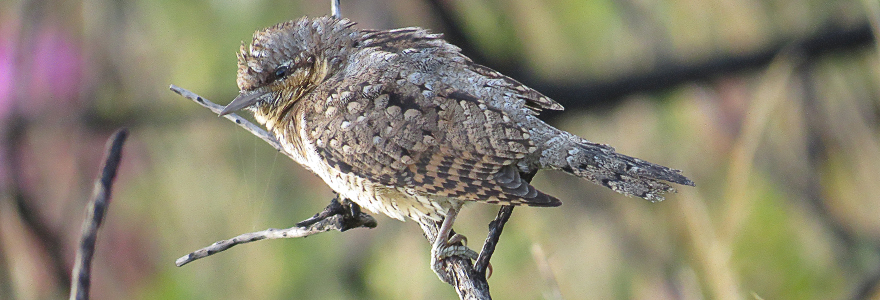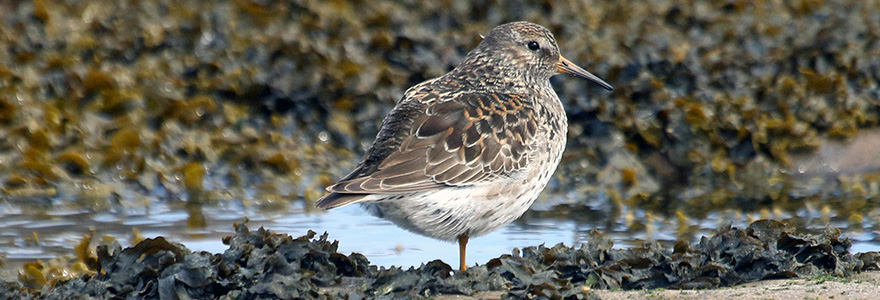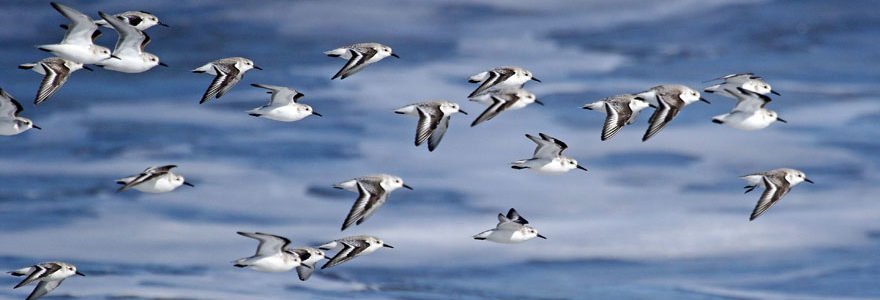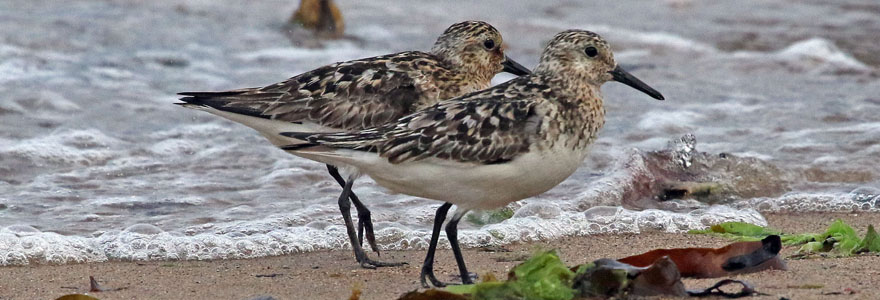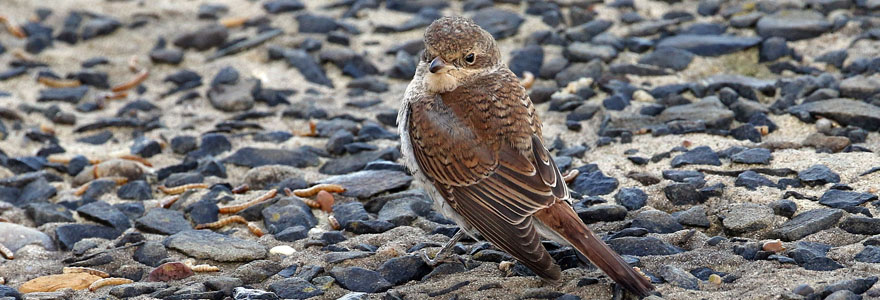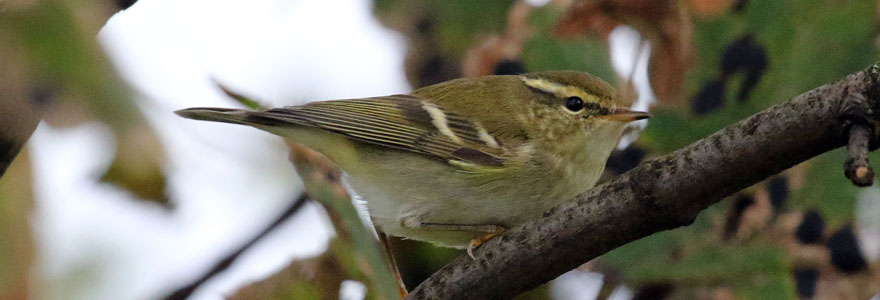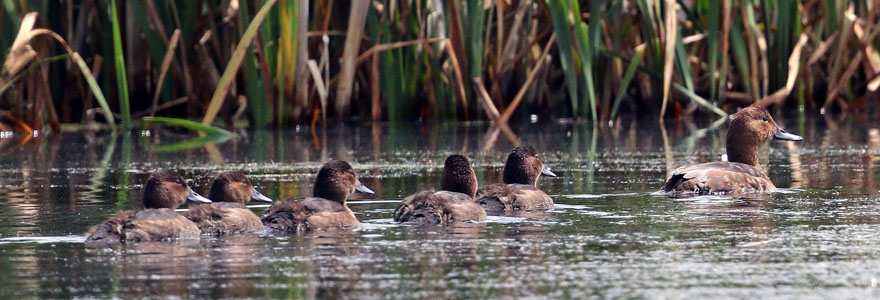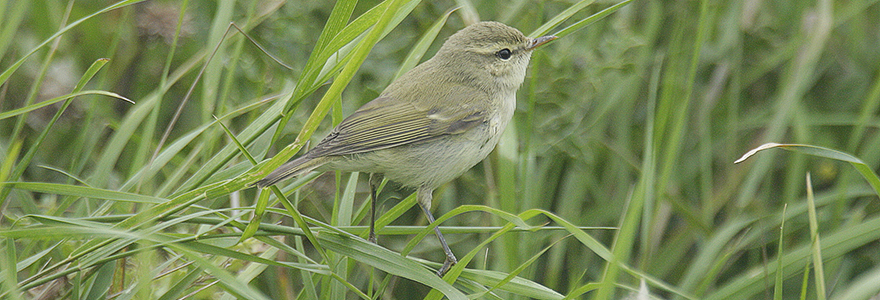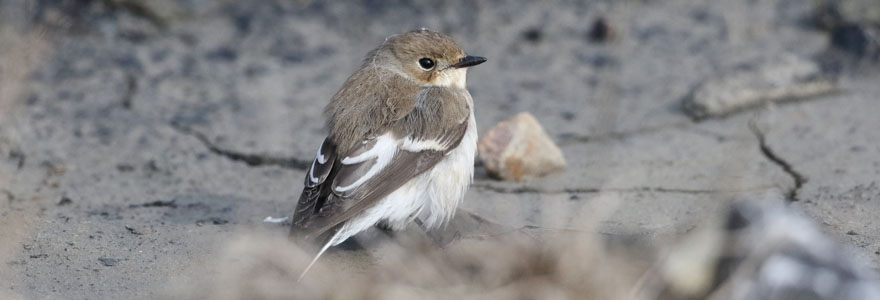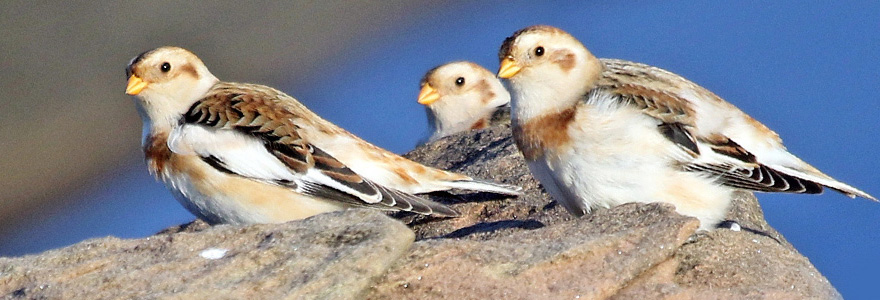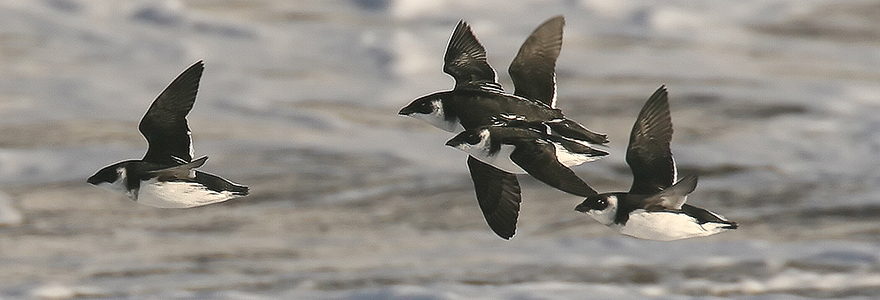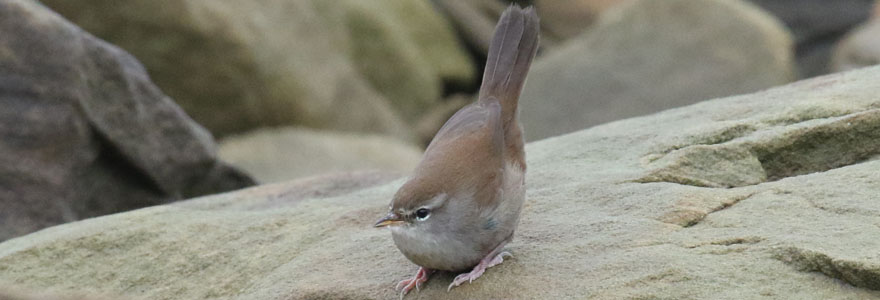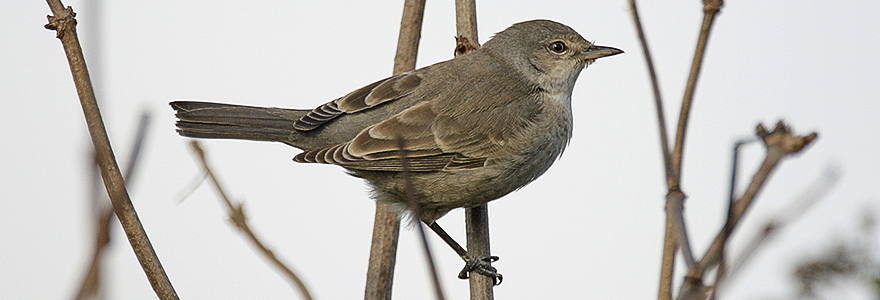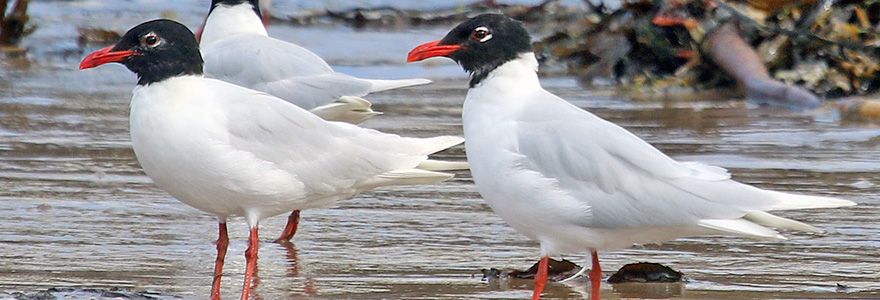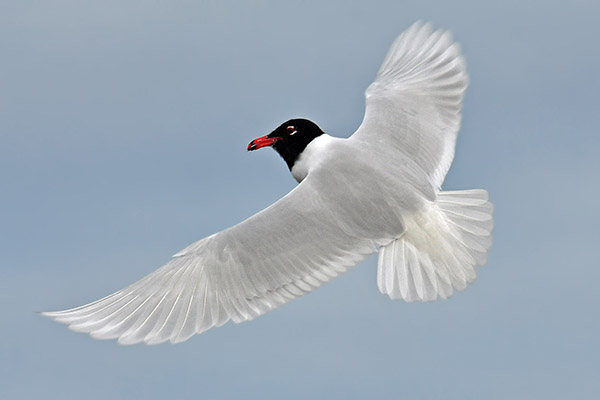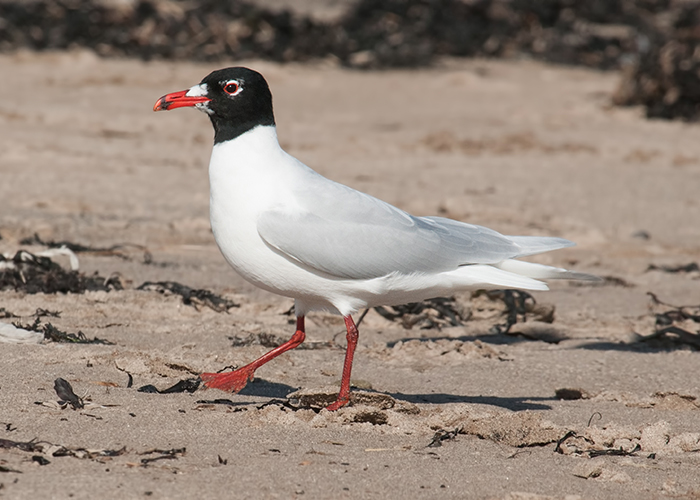The Bird Species List
Birding at Newbiggin-by-the-Sea actually started a very long time ago. The well-known naturalist, Hancock, visited fairly often in the 1860s and 1870s and his own finds included Dotterel and Little Stint. But then there was a gap of over a century before the area was again watched regularly. A small number of birders started to give the area more consistent coverage in the very early 1990s.
A Great Shearwater by Stuart Sexton
Almost all of the records listed in the ‘Species List’ have been since October 1989. The number of species recorded has reached over 280 and has the potential to increase further. The list includes some remarkable species.
More birds are visiting Newbiggin every day, and updates to the ‘Bird Species List’ will be posted to this website as they become available.
The birds that are seen are a fraction of what is there, but are still significant. There can be good numbers of migrants or even a rarity around the weekends, but there can be lots of birds and few birders. The really exceptional migration is rare, but there is always something; the pools for example are usually interesting, the beach is strong and a northerly wind is productive.
Newbiggin’s Mediterranean Gulls
Newbiggin is the main gathering point on the North East coast for the rather striking looking Mediterranean Gull. What used to be a rare bird in the UK and is still relatively uncommon in the region can be found in large numbers at Newbiggin.
No-one knows why they congregate at Newbiggin. They can be seen all year round but numbers build up in July, peaking in September and tail off during the winter.
An Adult
Mediterranean Gull
Both photos
by Jack Bucknall
So how do I identify one?
“Gulls are notoriously difficult to tell apart”.
Some of the larger gulls take up to 4 years to attain maturity and in the interim go through a number of plumage changes. They are easiest to separate in summer plumage.
Mediterranean Gulls are similar in appearance to the much commoner Black Headed gulls which they associate with. In summer, the Mediterranean Gull has a striking black hood reaching down its neck (almost like a balaclava) whereas the Black Headed Gull has a chocolate brown hood. The white eyelids of the Mediterranean Gull really stand out against the black head. The wing tips and underwing of the Mediterranean Gull are white and the beak is much larger and bright red on the adult bird. Winter plumaged birds are more difficult to separate (photos of winter plumaged birds in photo gallery).
The birds at Newbiggin come from all over Europe, mainly Belgium, Poland, Germany and Holland. Some individuals have a coloured ring/code on their leg and this information identifies where the bird was bred and where it has travelled since. For example;
Green716 ringed as a nestling in France in 2009 and has visited Newbiggin every Autumn since! It was seen back in France in 2011, also in Austria in 2011 and Lagos in the Algarve in 2013.
White3YLH ringed as nestling in Belgium in May 2017. Recorded at Newbiggin in June, sighted in France in early July and recorded again at Newbiggin later in the same month.
A Mediterranean Gull
by Jack Bucknall
Some origins of Mediterranean Gulls in Northumberland
Local expert Steve Holliday has been recording Mediterranean Gull movements in and around Newbiggin for many years and issues a status report every year.
Some origins of Mediterranean Gulls by Steve Holliday
Where do I look?

Mediterranean Gulls can be found feeding anywhere around the bay and loafing on the sea (the car park area at the ‘Church Point‘ is a good area). In the summer months, large numbers of birds rest at high tide on the beach in the centre of the bay. During most months, the grassy areas at the end of the Central Parkway (road to the school opposite the Memorial park) are a good spot.

